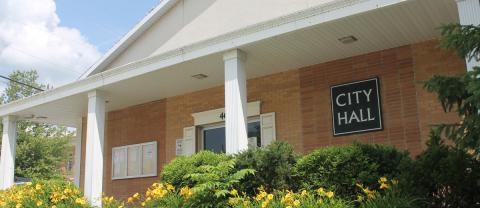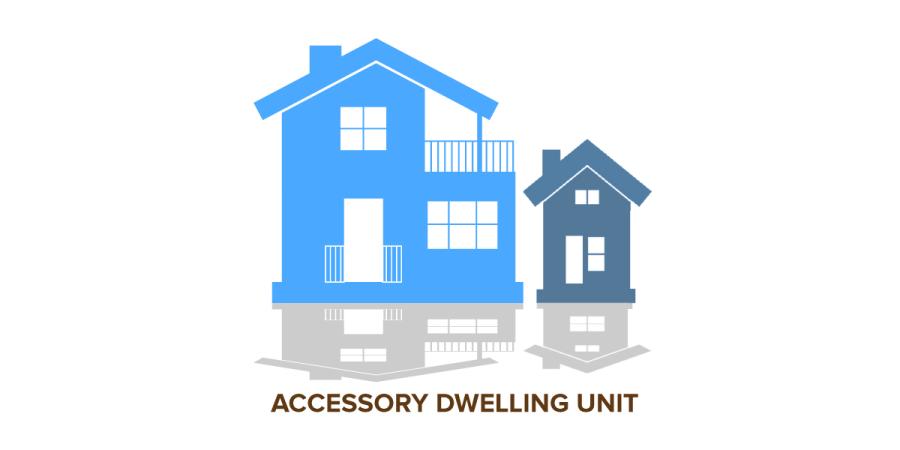*Prairie Village has an Accessory Living Quarter policy which is slightly different than other ADU policies.
Common elements of the local regulations include the following:
Exterior Design
Multiple communities have rules outlining what the exterior of the ADU may look like. Mostly, the ADU must conform with the aesthetic architecture of the neighborhood and the principal single-family structure that is located on the same lot. These rules state the ADU should preserve the existing character of the neighborhood.
Location
ADU location requirements are relatively consistent. Most communities require the ADU be located in the same lot as the principal single-family dwelling unit, such as a detached garage or shed. However, some communities allow ADUs within the structure of the principal property itself, like an attached garage.
Square Footage
Square footage of the ADU is a common rule across the surveyed communities. Many communities cap how much square footage an ADU is allowed based on the size of the principal property. These caps can be as little as 25% of the square footage of the principal property, or as high as 80%, though no community has a limit higher than 80%.
Parking
Parking regulations are also common. Communities with parking regulations stipulate that there must be one additional off-street parking space for the ADU. Additionally, a few communities require ADU parking must have direct access to the public road.
Permitting
Occupancy permits are another typical requirement. Some communities require a review of occupancy permits every three years for compliance. Finally, some communities require special use permits.
Entrances
Entrance rules specific to ADUs appear in different community codes. Those codes state that ADUs may have their own separate entrance, but the ADU entrance may not be on the same facade as the front-facing street entrance as the principal dwelling unit.
Occupancy
Some communities have stipulations as to who may reside in an ADU. ADUs are typically treated as dwellings reserved for family members related by blood, marriage, adoption or can be caregivers or employees that provide nursing care. This is consistent with MARC’s previous findings regarding STRs, as some communities allow rental occupancy in ADUs where others strictly prohibit it with rules like these relating to occupancy.
Additional Findings
Some communities have utility rules that require ADUs to have potable water and other appropriate utilities such as heating and cooling. Most commonly, communities only permit one ADU per parcel of land. ADUs must also have the same mailing address as the principal dwelling unit.
Following the conclusion of the initial local government housing survey, MARC conducted a follow-up survey to identify how many communities received ADU construction or permitting requests. Fourteen communities responded to the survey, with ten confirming that they had an ADU policy. Seven of those ten communities had property owners who had applied to construct an ADU showing that residents are interested in using ADUs.
As the housing crisis persists, ADUs could serve as an alternative means to creating attainable housing. However, local rules play a significant role in how these structures can be built and operated which heavily impacts their use. Each community will need to make their own decisions on how ADUs and other types of housing fit within the context of their neighborhoods and needs of their residents.







